Fine Art
Gerhard Richter
SHARE
Gerhard Richter is a German artist who is widely considered one of the most important painters of the 20th and 21st centuries. Born in Dresden in 1932, Richter studied art in Dresden and later in Düsseldorf, where he still lives and works today. Known for his diverse range of styles and techniques, Richter has created a body of work that is both technically accomplished and emotionally resonant.
Richter’s career began in the early 1960s with a series of photo-based paintings that explored ideas of realism, representation, and the limits of the human eye. These works often featured blurred, distressed, or fragmented images that challenged viewers’ expectations of what a representational painting should look like. Richter continued to work in this style throughout the 1960s and 1970s, producing iconic works like “Uncle Rudi,” “Betty,” and “Ema (Nude on a Staircase).”
In the 1980s, Richter shifted away from photo-based imagery and began to experiment with abstraction. He created a series of gestural, colorful paintings that were influenced by the work of American Abstract Expressionists like Jackson Pollock and Willem de Kooning. These works, which were often made by dragging a squeegee or other tool across wet paint, are some of the artist’s most recognizable and widely admired.
Throughout his career, Richter has also made sculptures, photographs, and installations, demonstrating a willingness to experiment with new media and techniques. His work has been shown in major museums and galleries around the world, and he has received numerous awards and honors for his contributions to contemporary art.
Despite the diversity of his output, Richter’s work is often characterized by a sense of ambiguity and open-endedness. His paintings and other works frequently leave viewers with unanswered questions, inviting them to explore their own interpretations and emotions. As the artist himself has said, “I blur things to make everything equally important and equally unimportant. I blur things so that they do not look artistic or craftsmanlike but technological, smooth, and perfect. I blur things to make all the parts a closer fit.”
Gerhard Richter is truly a master of his craft, and his influence on contemporary art is immeasurable. Whether working with representational or abstract imagery, exploring new media and techniques, or simply pushing the boundaries of what is possible within the medium of paint, Richter remains one of the most important artists of our time.
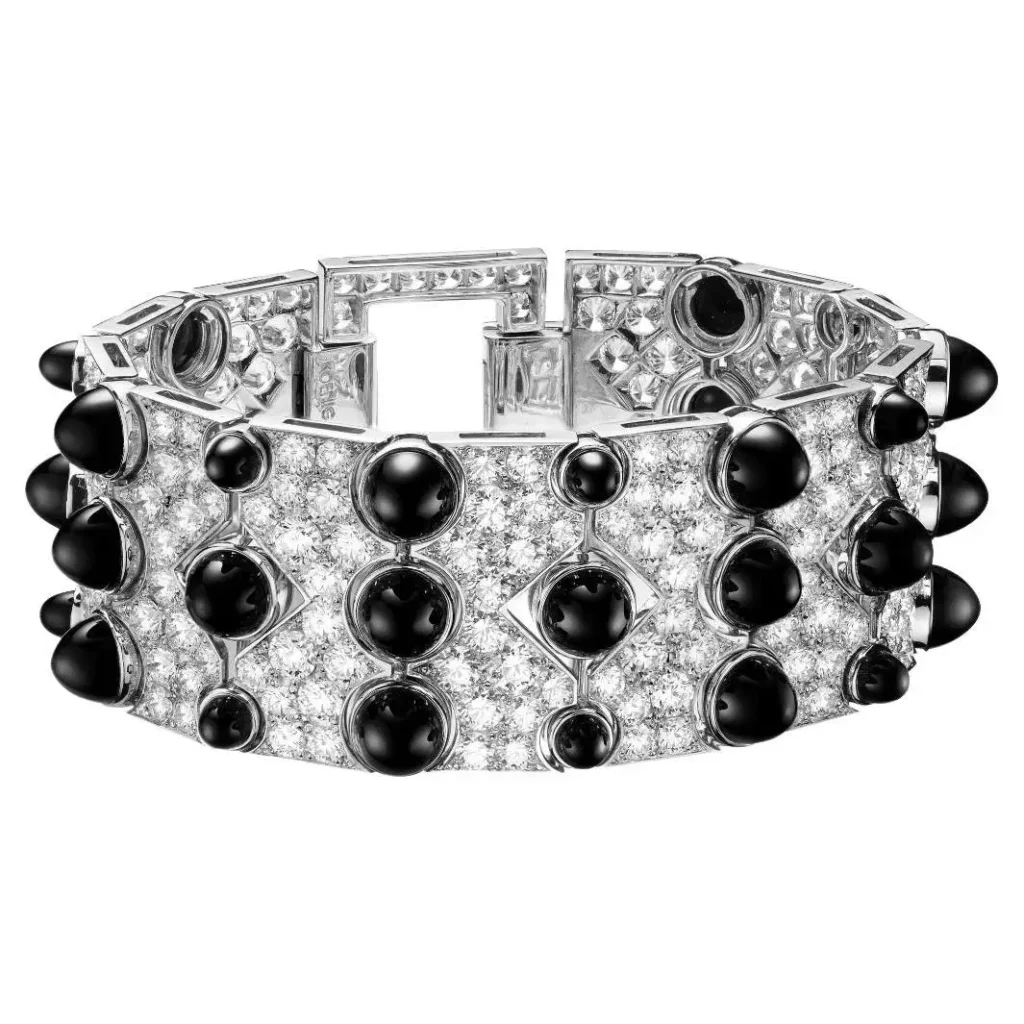
KOENIG

Buccellati Audachron
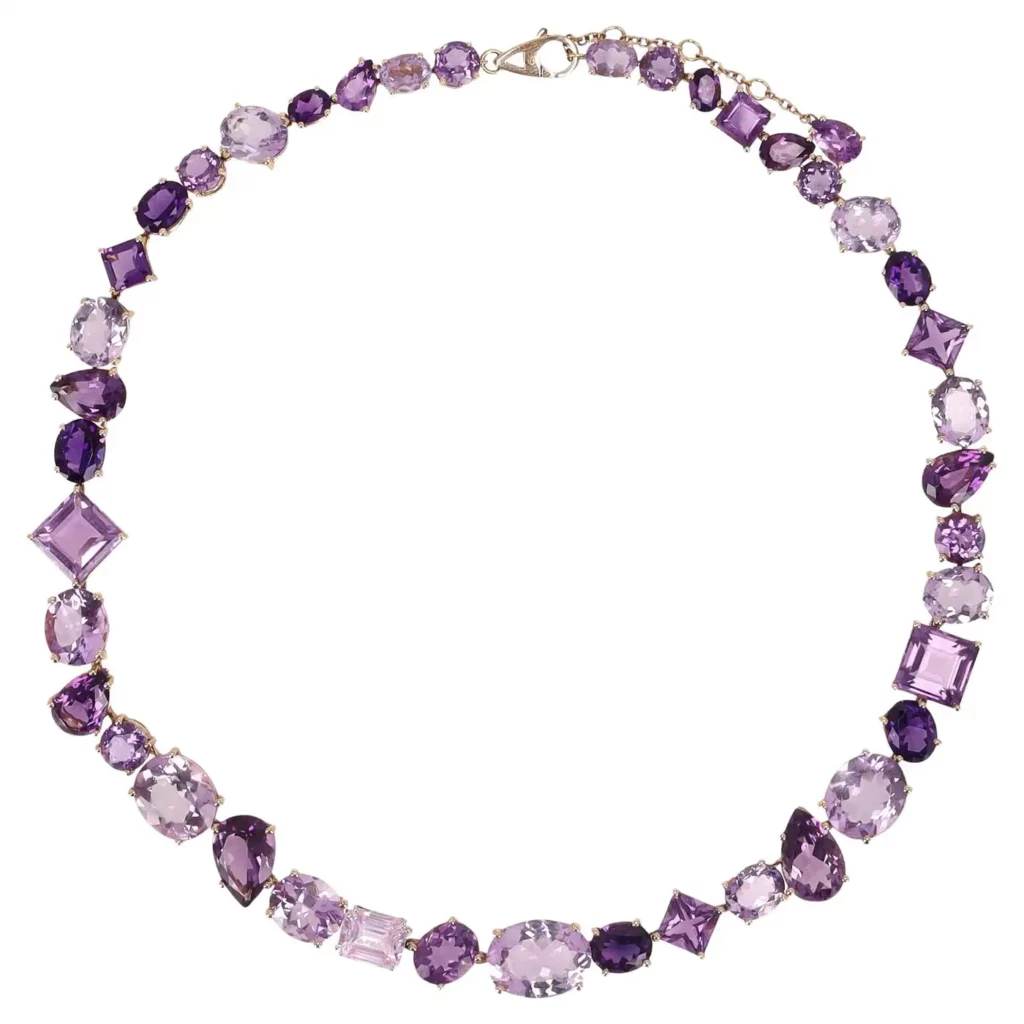
Asprey & Co
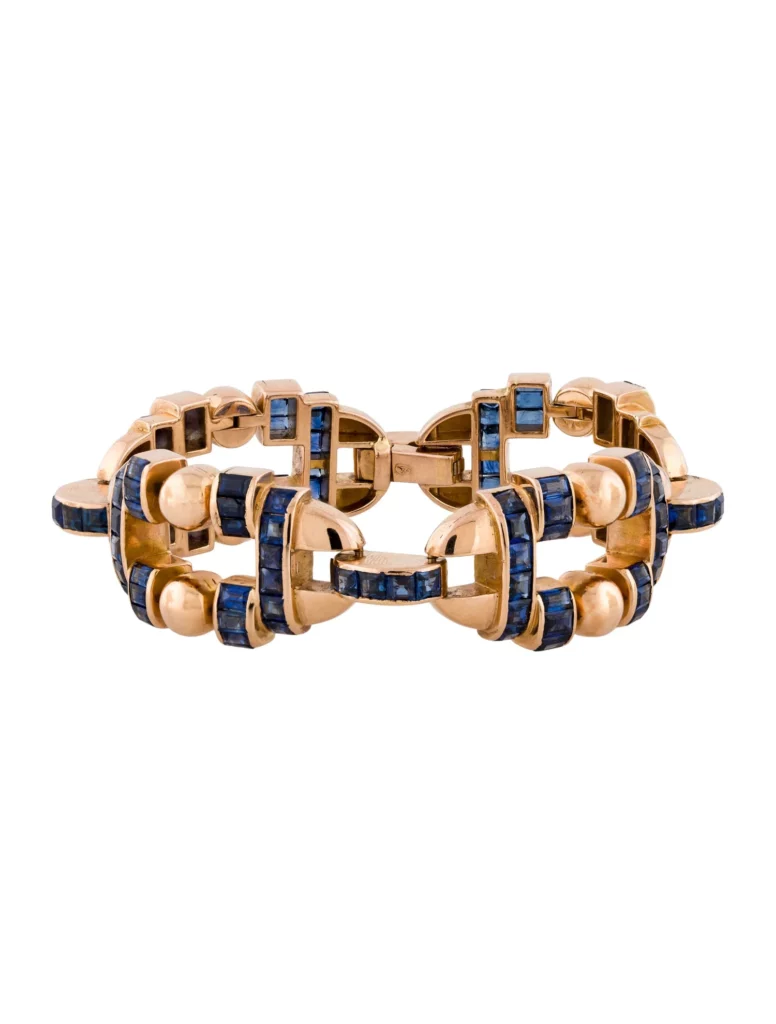
Gübelin
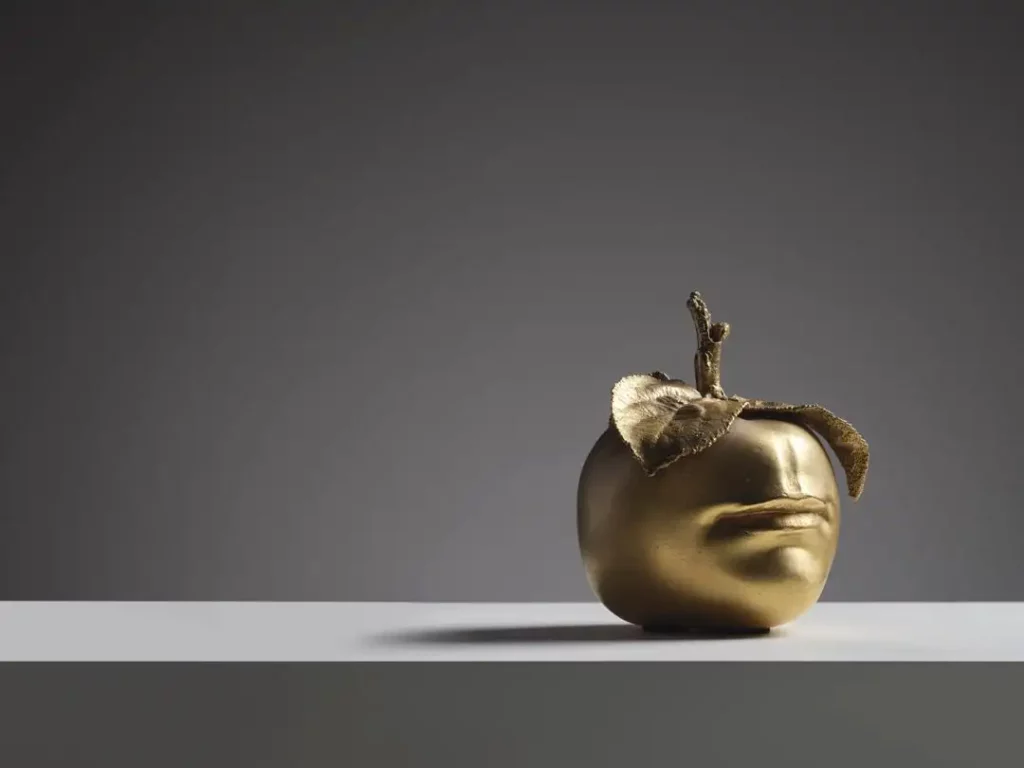
Claude Lalanne

Raphael Raffel Furniture
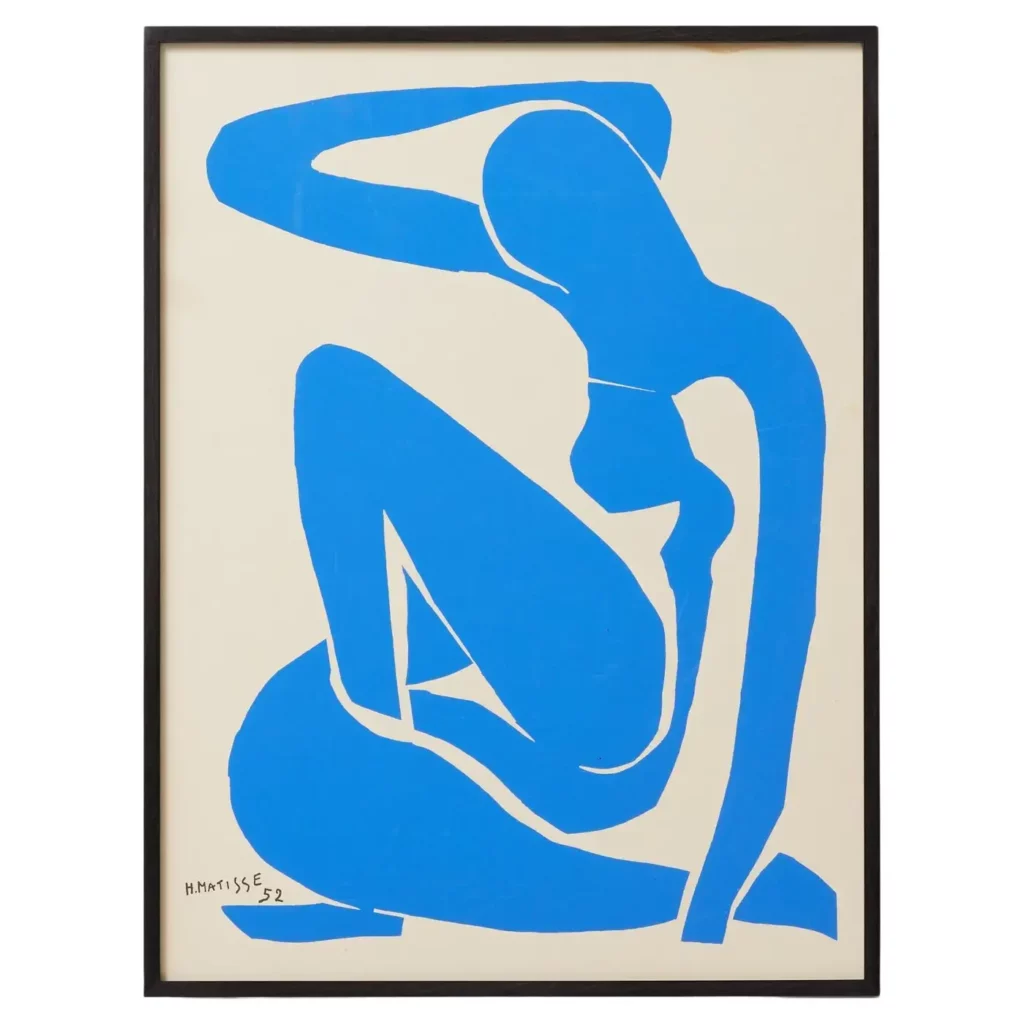
Henri Matisse
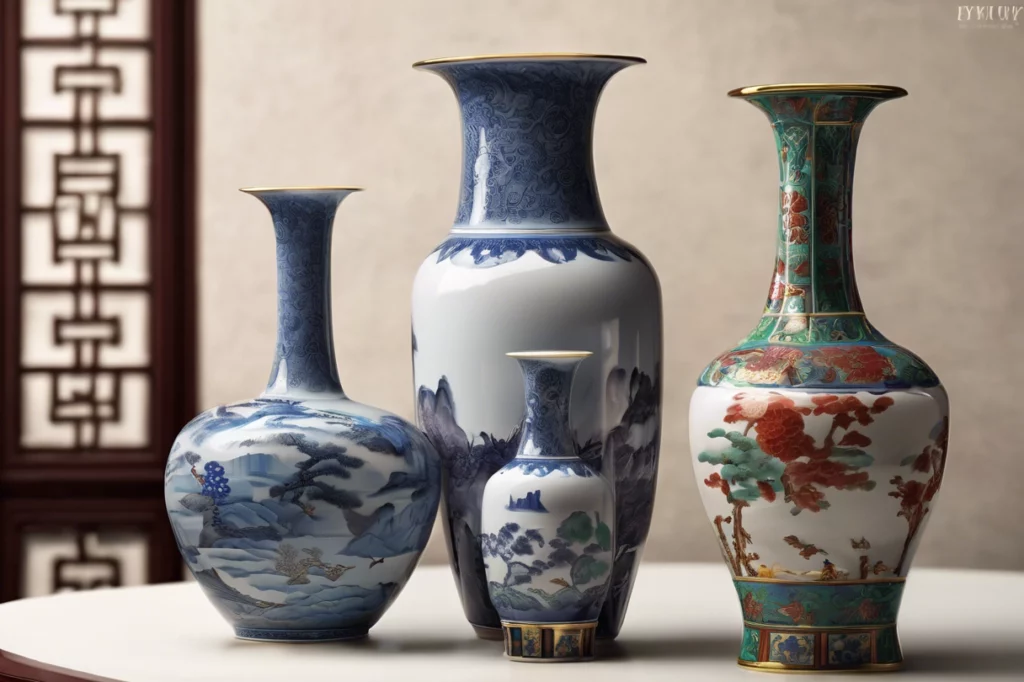
Chinese Imperial Porcelain
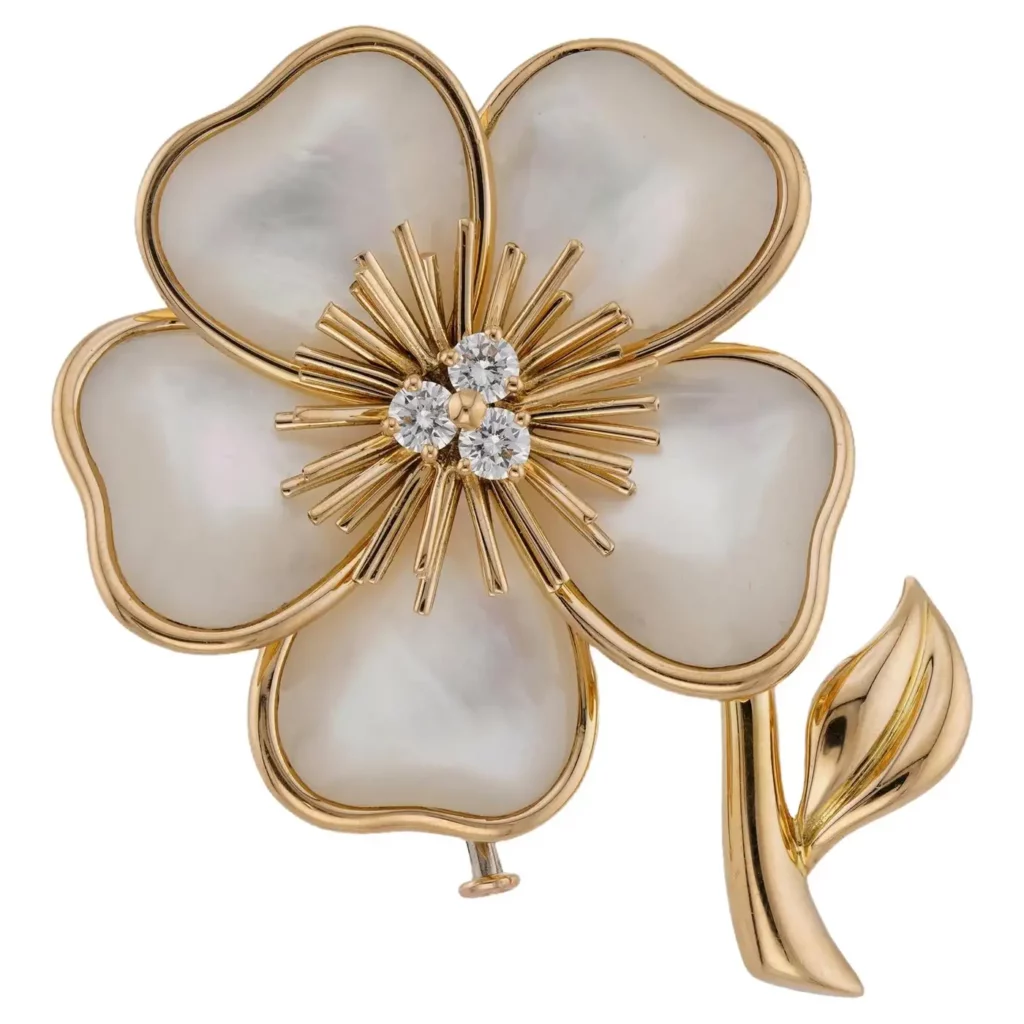
VAN CLEEF & ARPELS Nerval
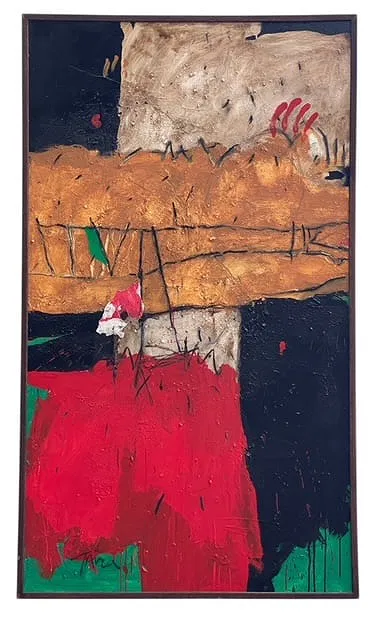
Taira
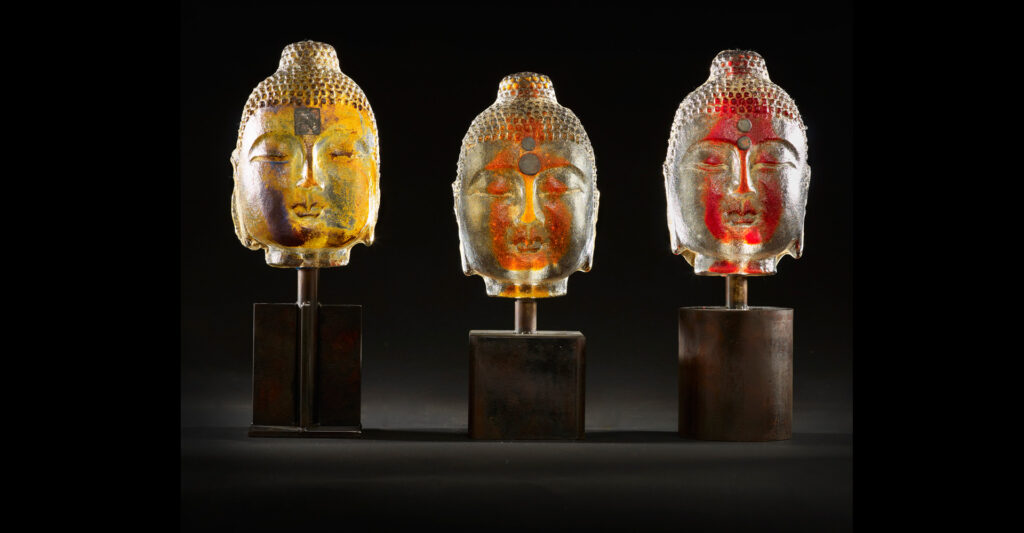
Marlene Rose

Daniel Clayman
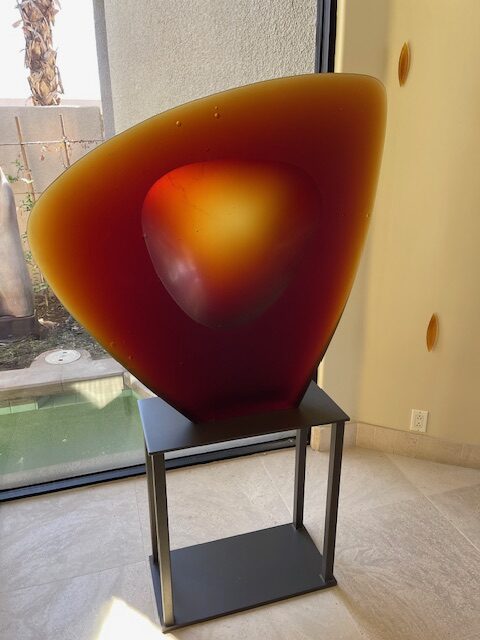
Ales Vasicek
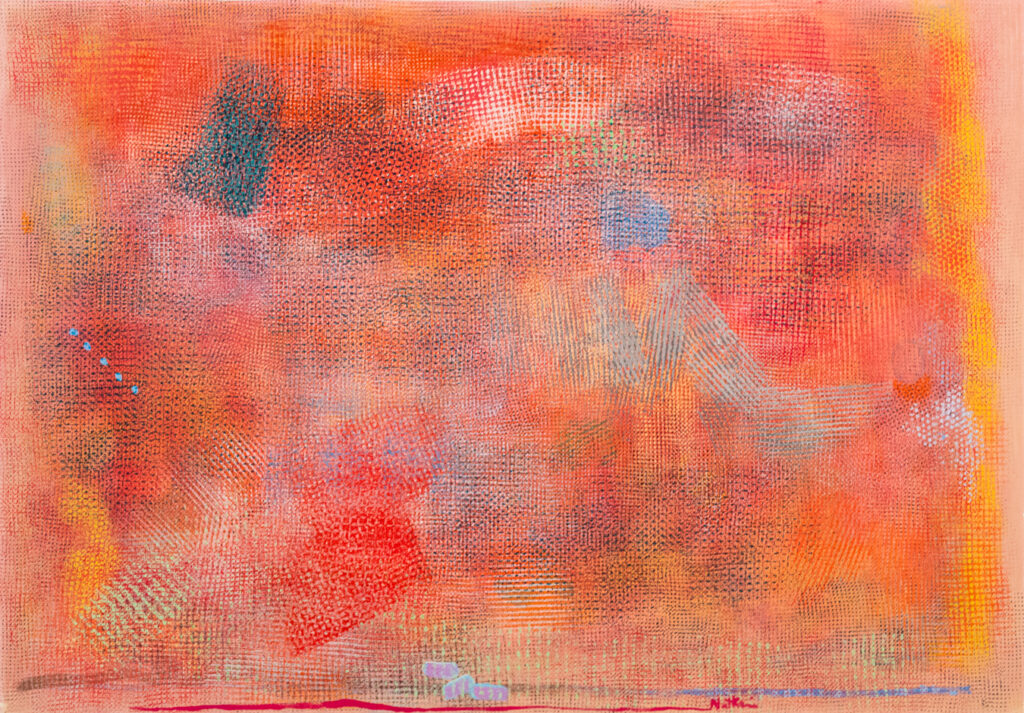
Robert Natkin
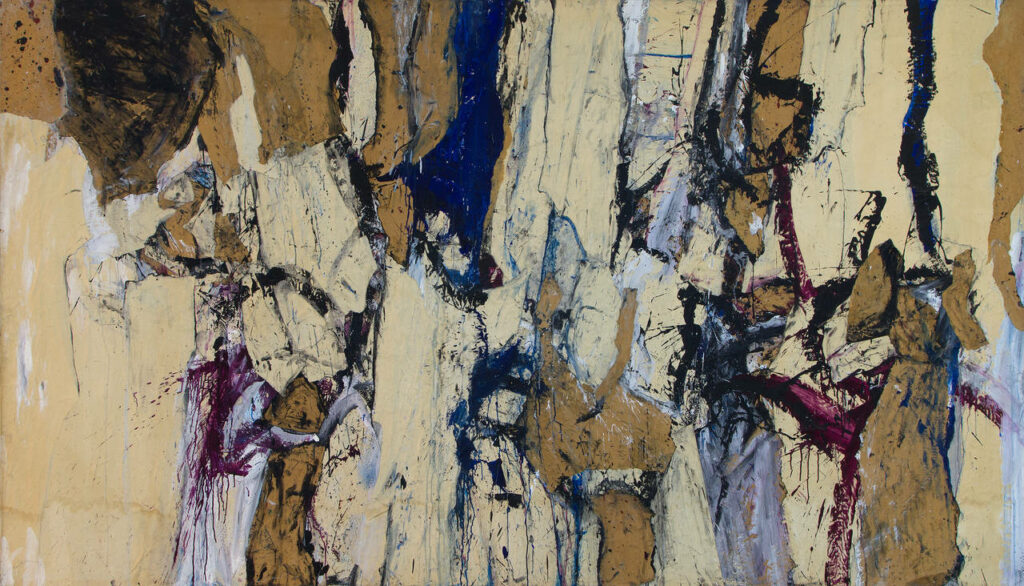
Arne Hiersoux

Van Cleef & Arpels Bouton d’or watch, medium model

Van Cleef & Arpels Secret Pavé Watch
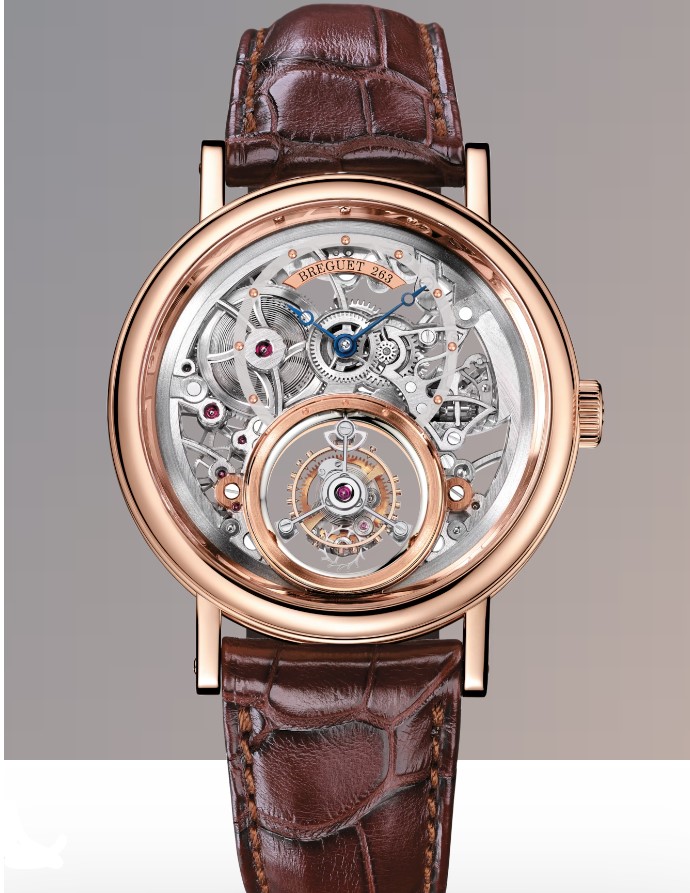
Breguet Classique Tourbillon Messidor Watch

Business and bankruptcy liquidators
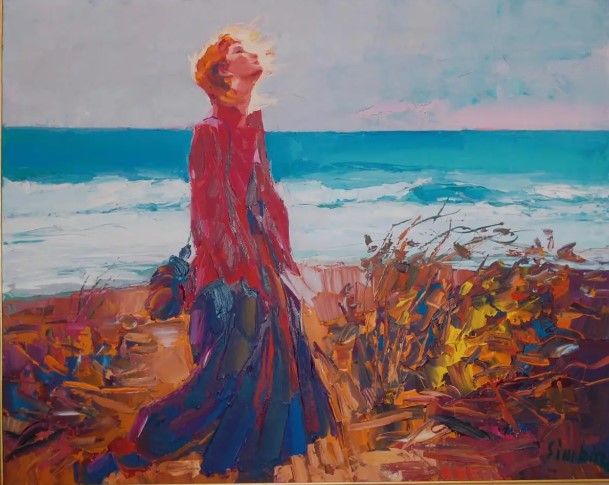
Nicola Simbari

Abraham Pether
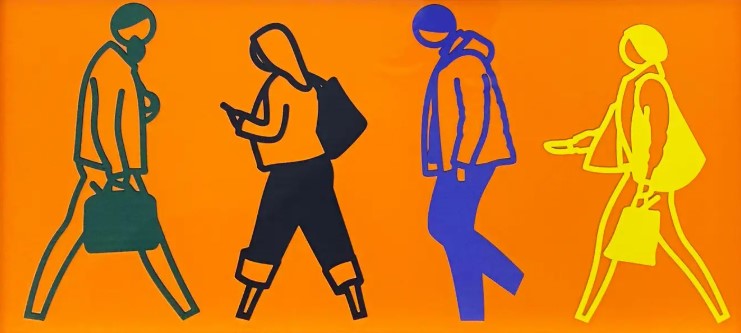
Julian Opie
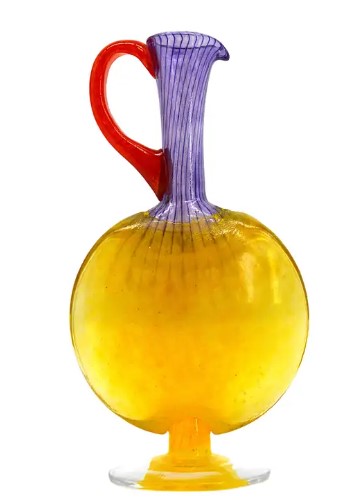
Kjell Engman

Alexandra Mor

Cartier Ceinture
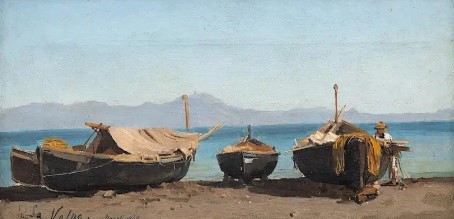
Alessandro La Volpe
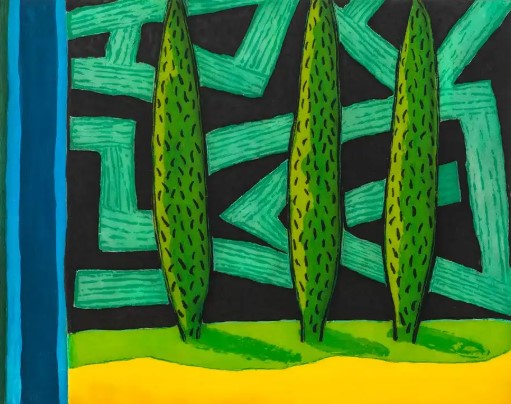
William Crozier

Cartier Cougar

Franz Bischoff

Greubel Forsey

Buccellati
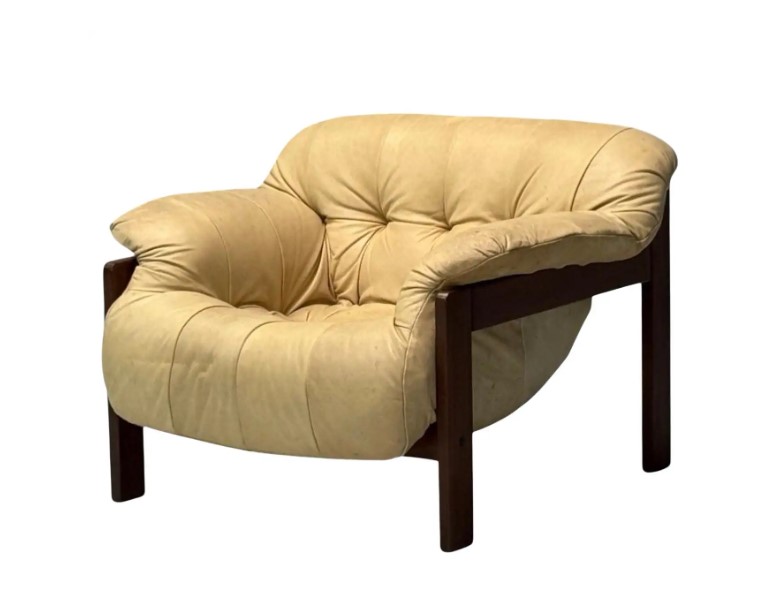
Percival Lafer

Émile Gallé
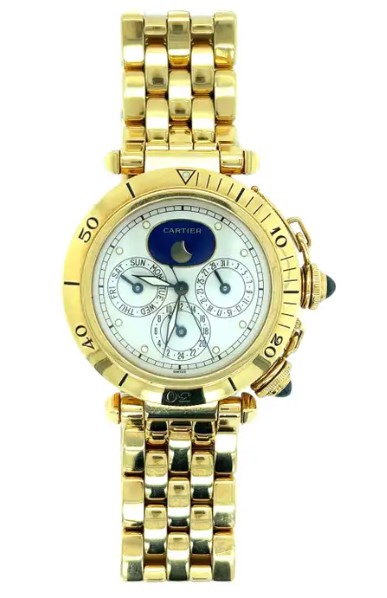
Cartier Pasha Moon Phase Calendar Watch

Rancho Mirage Business Liquidations

Jaeger-LeCoultre
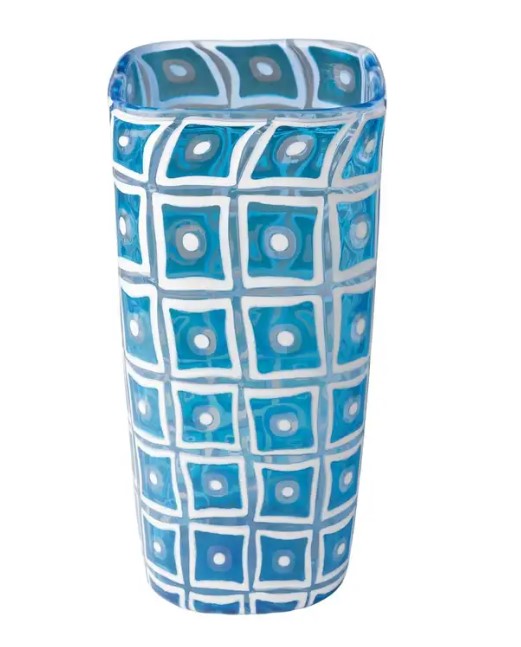
Ercole Barovier
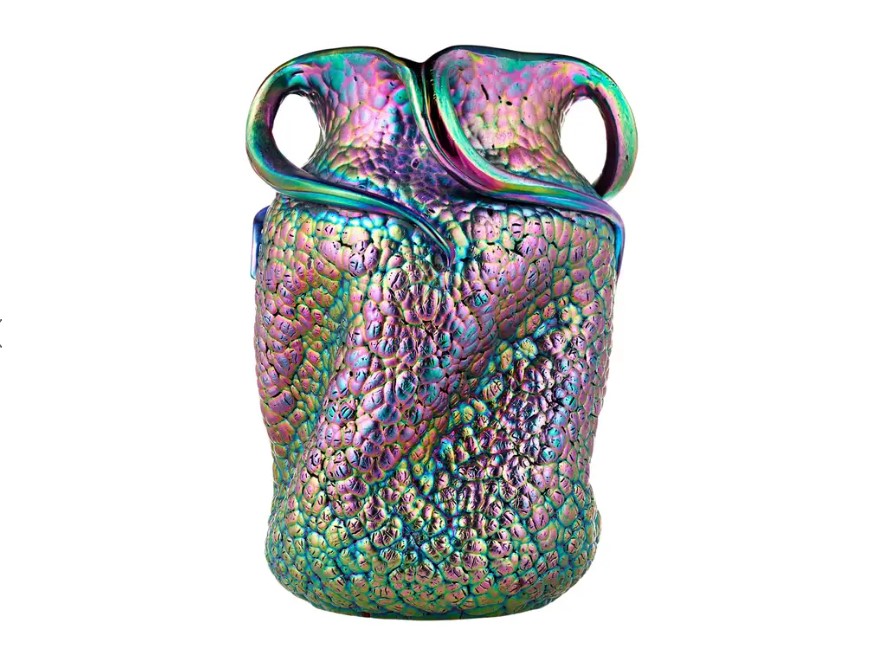
Loetz glass
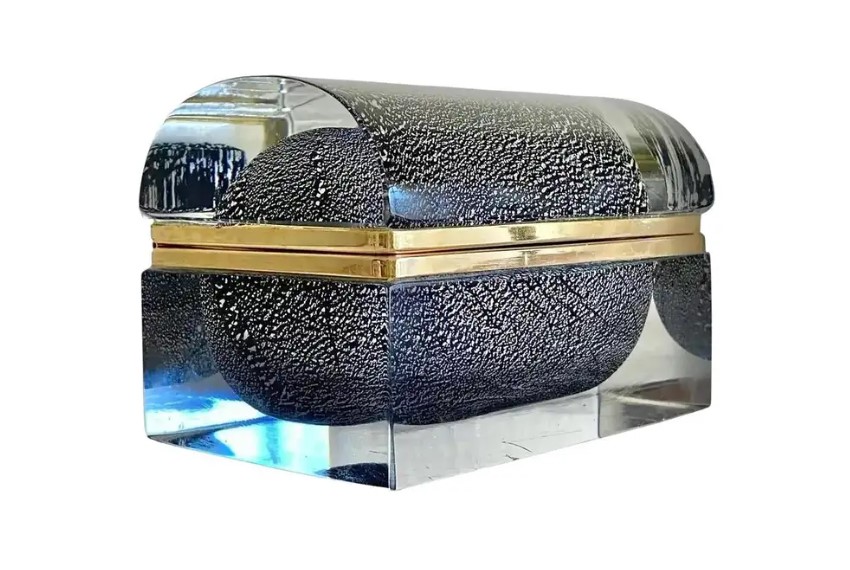
Alessandro Mandruzzato
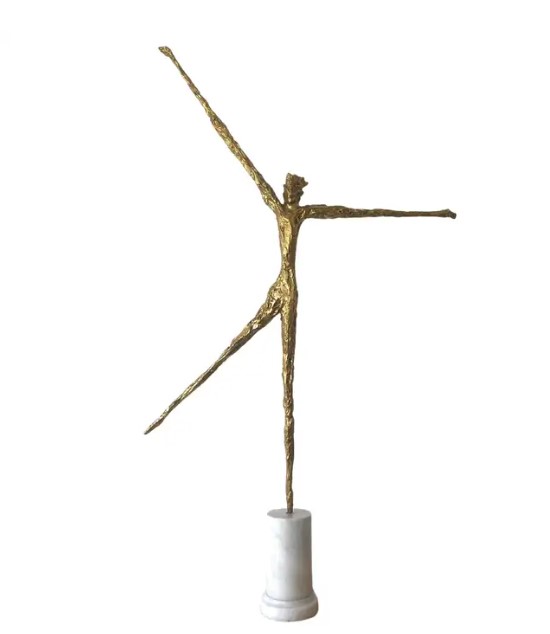
Félix Agostini
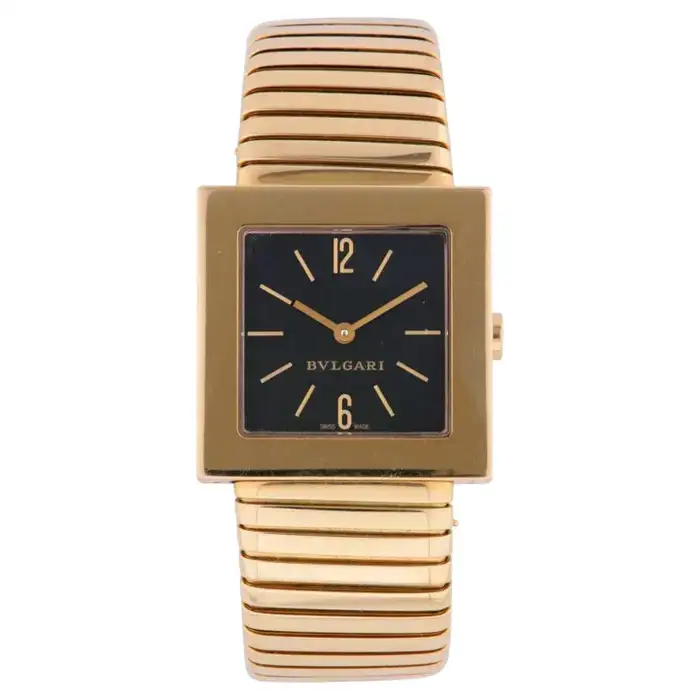
Bulgari Tubogas Quadrato

Louis Riche

Cartier Colisée Collection
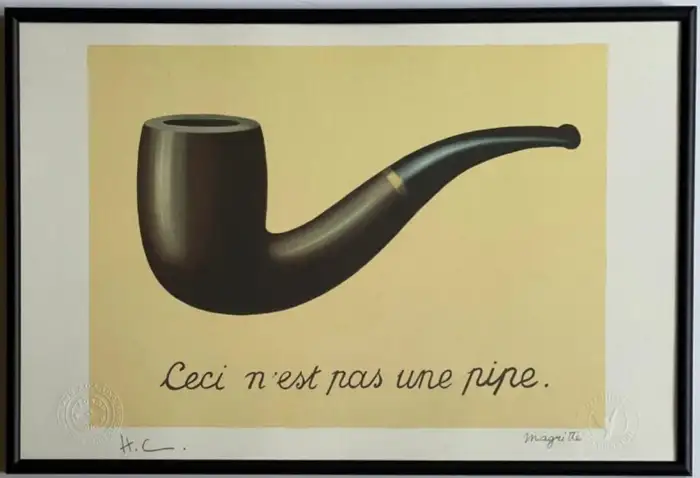
René Magritte
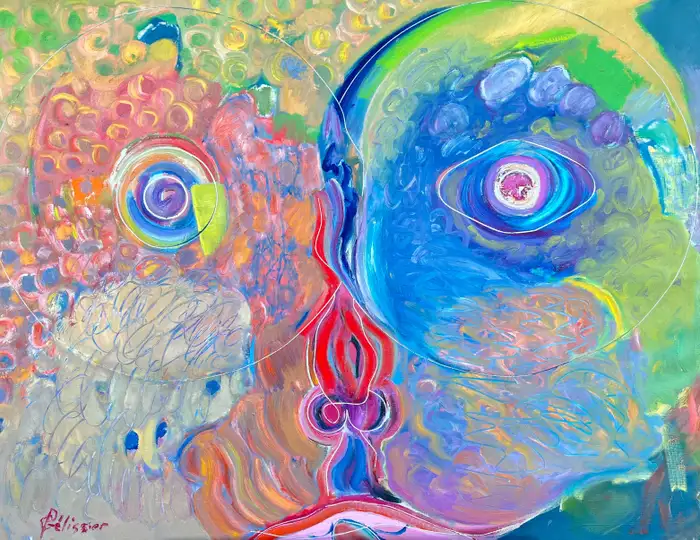
Gilbert Pelissier

Audemars Piguet Cobra
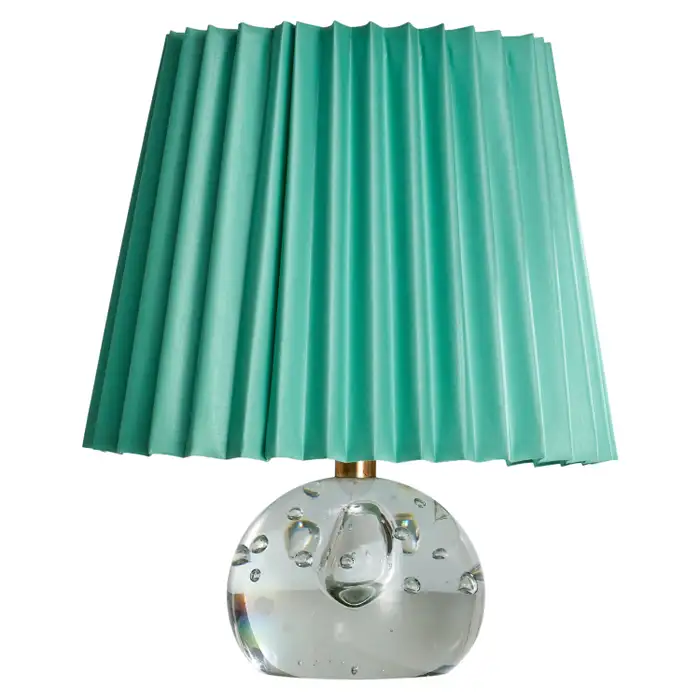
Josef Frank

Edward Wormly Alexandria Chairs
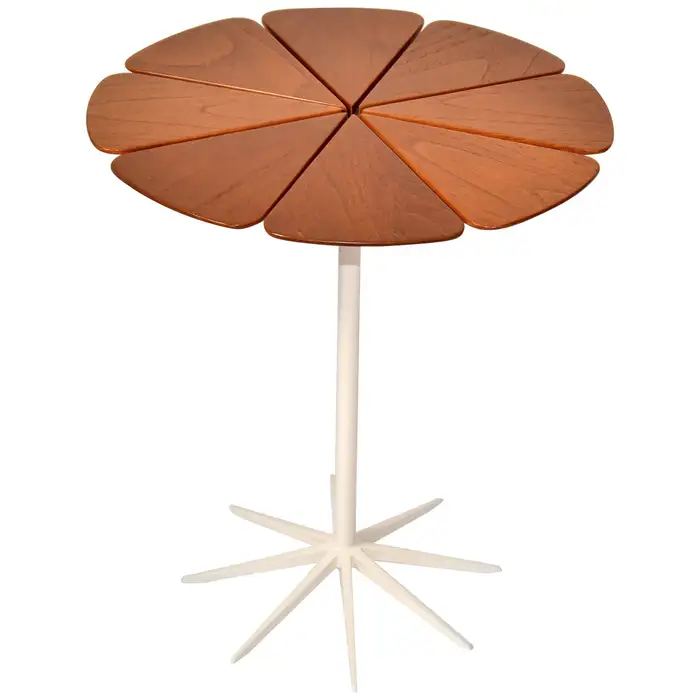
Richard Schultz Vintage Petal

Luigi Tiengo
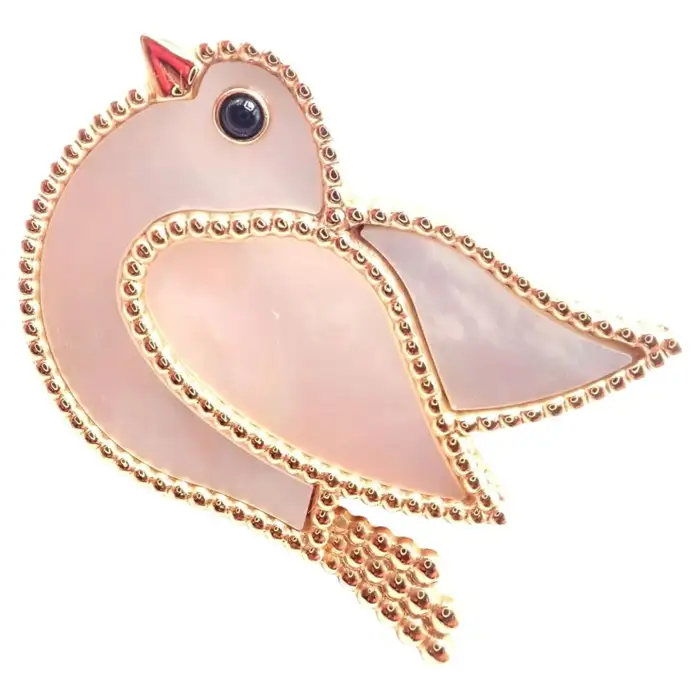
Van Cleef & Arpels Lucky Animals
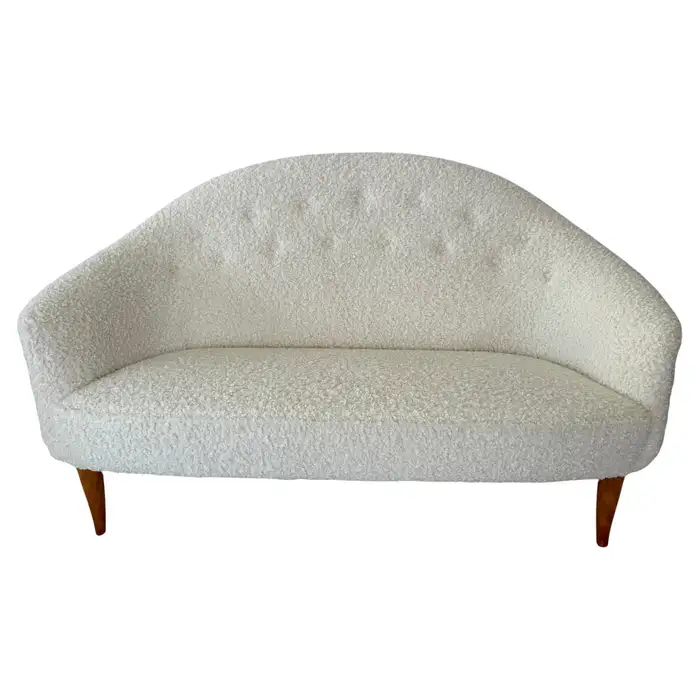
Kerstin Hörlin-Holmquist

Pierre Paulin
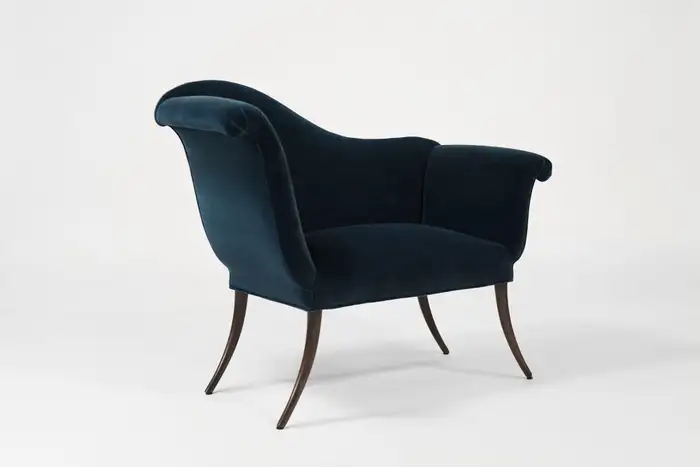
What exactly is Neoclassical style?

Urbain Huchet
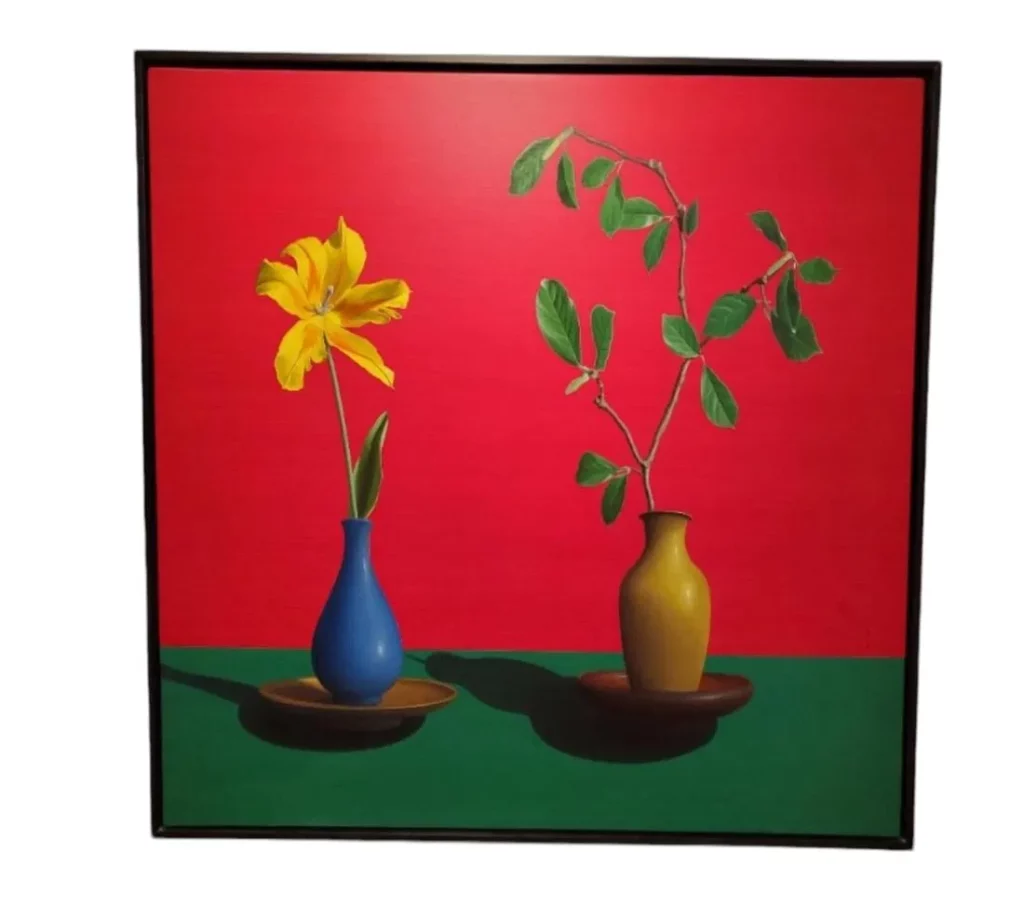
Roberto Azank
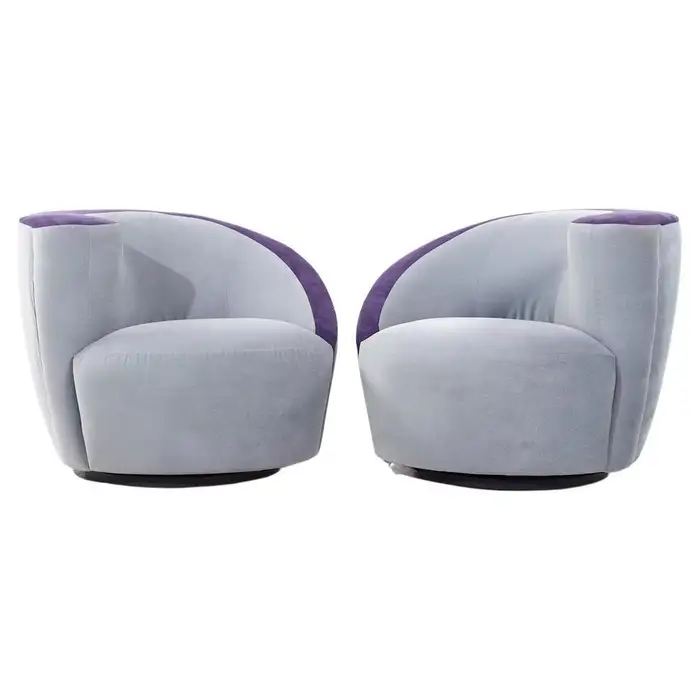
Weiman Nautilus Swivel Chairs
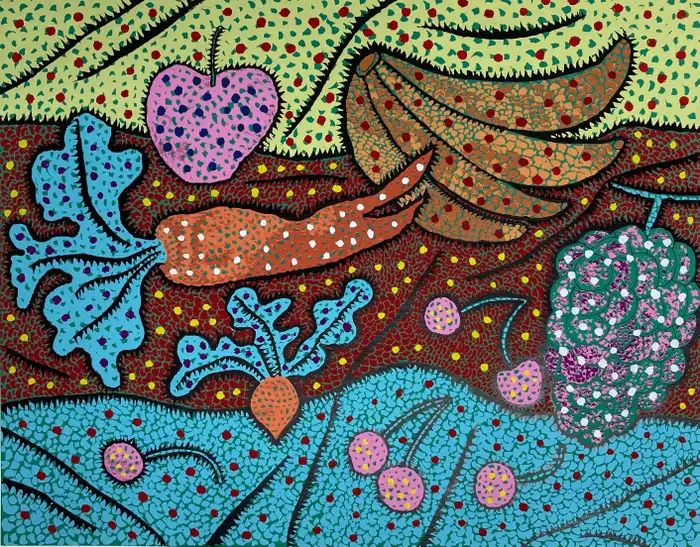
Yayoi Kusama
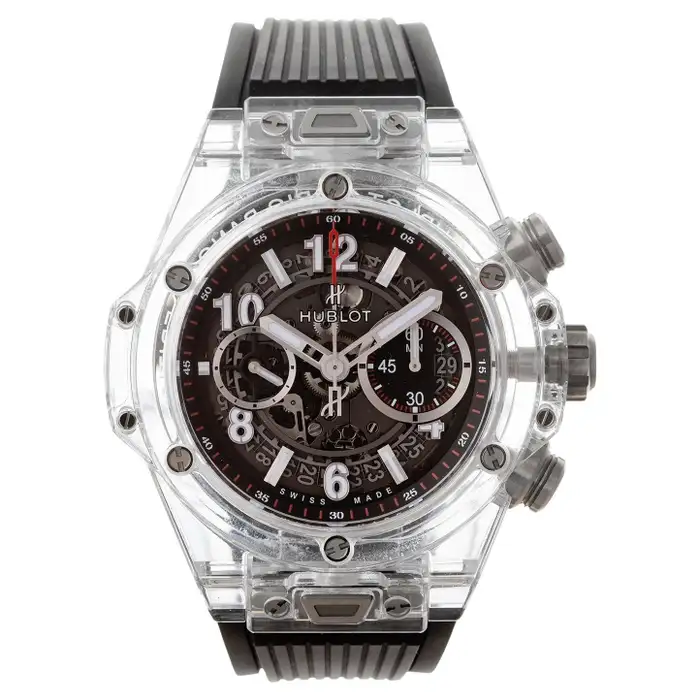
Hublot Big Bang

Ceramic Lamps by Bitossi

The Fendi Baguette

Wayne Gretzky
